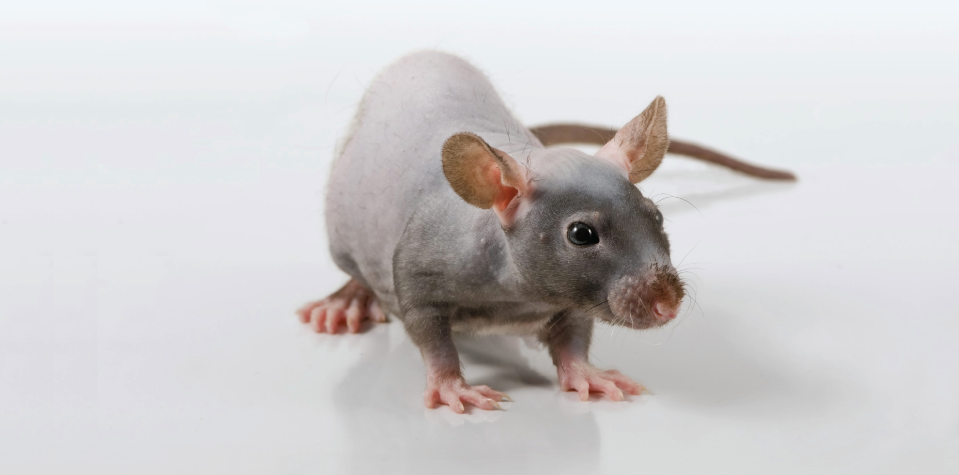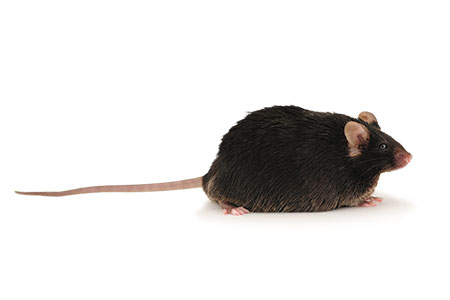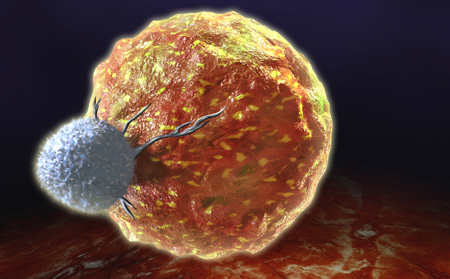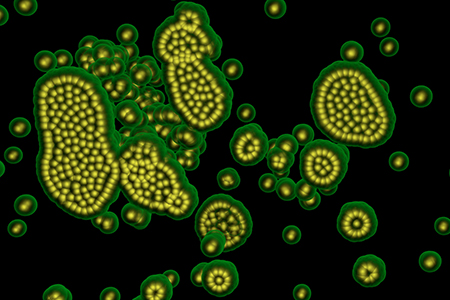Animal models have led to significant leaps in understanding and advancement in human medicine. They are essential for drug discovery and connecting hypothesis-driven benchwork to the patient. However, scientists have struggled with how to define the value of a given animal model1.
Animal Model Validation
In 1969, McKinney and Bunney were the first to propose criteria on external validity of animal models, mainly focused on affective disorders2. In 1984, Wilner simplified these external validations to three: predictive, face, and construct validity4.
These remain the most widely-accepted criteria for model validation, although many other proposals exist1-4,6. Although these three external validations were based on the psychiatric field of research, they can and should extend to any research where animal models are used. Of course, external validation does not occlude a scientist from internal validity (experimental design, reproducibility, randomization, control, etc.), which applies to all scientific research.
 Key Takeaways
Key Takeaways















.jpg)

.jpg)
.jpg)
.jpg)
.jpg)





.jpg)


.jpg)
.jpg)




.jpg)




.jpg)

.jpg)






